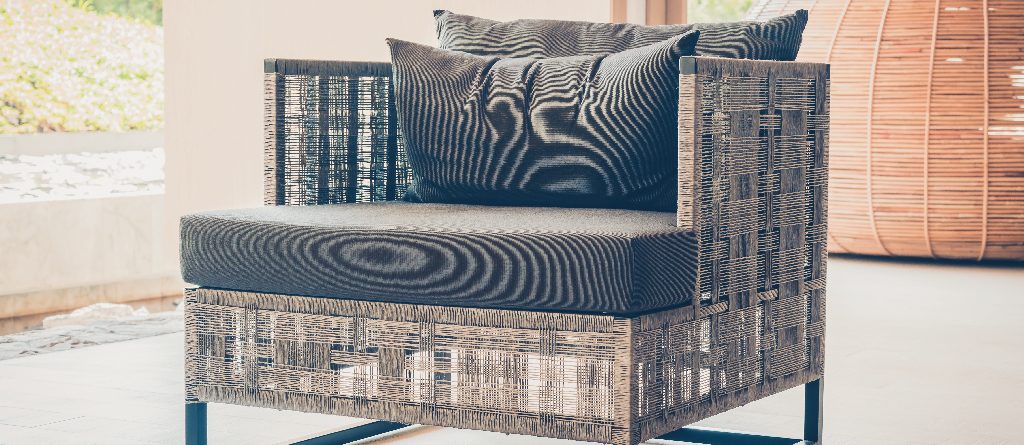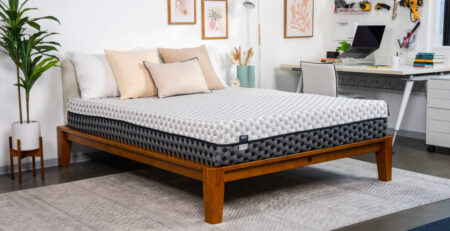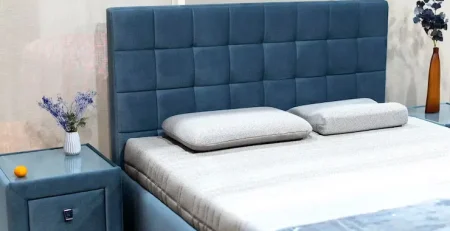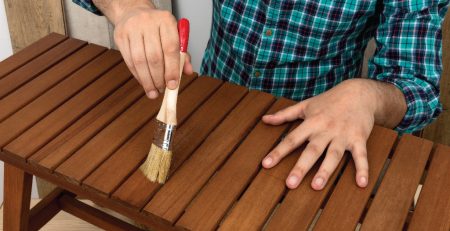Can You Leave Rattan Furniture Outside? A Comprehensive Guide
Rattan furniture, with its timeless aesthetic and versatile design, is a favorite for many homeowners. As outdoor spaces evolve into extensions of our living areas, the question arises: “Can rattan furniture brave the outdoors?” In this guide, we delve deep into understanding rattan furniture for outdoors and its compatibility with the environment.
What is Rattan Furniture?
Rattan furniture is crafted from the rattan vine found predominantly in Southeast Asia. This material is lauded for its lightweight, durability, and flexibility. Its natural finish lends a touch of elegance and a tropical vibe, making it an ideal choice for patios, gardens, and balconies.
Historical Roots of Rattan
Interestingly, rattan’s history is as intricate as the furniture designs it helps create. Used for centuries by indigenous communities for various purposes, from crafting baskets to building bridges, rattan has always been a symbol of adaptability and resilience.
Can You Leave Rattan Furniture Outside?
It’s tempting to adorn our gardens and patios with rattan’s elegance, but does it fare well outdoors? While rattan possesses a natural resistance to environmental elements, sustained exposure can deteriorate its fibers, making it essential to be cautious.
Can Rattan Furniture be Left Outside in Different Seasons?
Rattan furniture is known for its durability and is often associated with outdoor use. However, its longevity when placed outside, especially throughout different seasons, depends on the type of rattan and how it’s treated.
Natural Rattan:
Summer: Natural rattan can generally withstand summer conditions, but direct exposure to sunlight can cause the material to become dry and brittle over time. It’s a good idea to keep natural rattan furniture in a shaded area or use covers during peak sun hours.
Rainy Season: Prolonged exposure to moisture can damage natural rattan, making it susceptible to mold and causing it to rot. If you anticipate rain, it’s best to move the furniture inside or cover it.
Winter: Cold and freezing conditions can make rattan brittle. Snow and ice can also introduce moisture to the material, causing damage. If you live in an area with harsh winters, it’s recommended to store natural rattan furniture indoors or in a protected space during this season.
General Maintenance: For natural rattan, regular cleaning with a mild detergent and water helps maintain its appearance. Revarnishing or using a sealant can also extend its life.
Synthetic Rattan (PE Rattan):
Summer: High-quality synthetic rattan is usually UV-resistant, meaning it won’t become brittle or discolored easily when exposed to sunlight.
Rainy Season: Most synthetic rattan is designed to be water-resistant, making it suitable for rainy conditions. However, ensure that the frame, if made of metal, is rust-resistant or adequately treated.
Winter: While synthetic rattan can handle colder conditions better than natural rattan, extreme cold might still affect its flexibility. It’s advisable to cover or store the furniture in very cold climates.
General Maintenance: Synthetic rattan requires less maintenance than its natural counterpart. A simple wipe-down with water or a mild detergent is usually enough to keep it clean. Ensure that the cushions and fabrics used with synthetic rattan furniture are also weather-resistant if they’re to be kept outside.
Does Rattan Furniture Last Outside?
When well-maintained, rattan furniture for outdoors can be a long-standing feature of your outdoor space. Frequent checks, timely repairs, and protective measures like using covers can enhance its longevity.
Is Rattan Furniture Waterproof?
Rattan furniture is renowned for its resilience and versatility, particularly for outdoor use. However, the question of its waterproof qualities is a crucial one, especially for homeowners who are considering where and how to use their rattan furnishings.
Can Rattan Furniture Get Wet?
Yes, rattan furniture can get wet, but its response to moisture largely depends on whether it’s made of natural or synthetic rattan. Natural rattan, being an organic material, is more vulnerable to prolonged exposure to moisture. It can absorb water, which can cause the material to become soft and, over time, lead to issues like mold, rot, or warping. On the other hand, synthetic rattan (often made from polyethylene, known as PE rattan) is manufactured to be water-resistant. It doesn’t absorb water like natural rattan, making it more suitable for situations where it might get wet regularly.
Can You Leave Rattan Furniture Out in the Rain?
The answer varies based on the type of rattan:
Natural Rattan: It’s not advisable to leave natural rattan furniture out in the rain. As mentioned earlier, prolonged exposure to moisture can lead to mold growth, structural damage, or the rattan becoming saggy. If natural rattan furniture inadvertently gets wet, it should be dried as quickly as possible. Ensuring good airflow will help the drying process, and placing it in a sunny spot can also assist.
Synthetic Rattan: Designed with outdoor use in mind, synthetic rattan is much more forgiving when it comes to rain. It’s made to be water-resistant, meaning occasional rain showers won’t cause significant damage. However, even if the rattan strands themselves are water-resistant, the frame, especially if made of metal, might not be. Therefore, it’s essential to ensure that the entire piece of furniture, not just its outer layer, is designed to withstand rain.
How Long Does Rattan Furniture Last?
Rattan furniture, if cared for properly, can last for many years. The longevity of rattan furniture largely depends on several factors:
- Quality of the Rattan: High-quality rattan, often thicker in diameter and closely woven, tends to last longer than lower quality materials.
- Indoor vs. Outdoor Use: Rattan furniture used indoors and away from direct sunlight and moisture can last a lot longer, sometimes decades. Outdoor rattan furniture, especially if it’s not specifically designed for outdoor use, will degrade faster due to exposure to the elements.
Protection and Maintenance
- Sunlight: Constant exposure to direct sunlight can cause rattan to become brittle and faded. Using it in shaded areas or protecting it from direct sunlight can extend its lifespan.
- Moisture: Rattan doesn’t fare well with too much moisture. Over time, moisture can cause rot or mold. It’s essential to keep rattan furniture dry and not to let it sit in puddles of water.
- Cleaning: Regular cleaning with a soft brush or cloth can help prevent dust buildup, which can lead to mold growth. Avoid using harsh chemicals or soaking the furniture.
Final Words
Bridging nature and design, rattan furniture for outdoors brings tropical paradise to your backyard. Nurture this treasure with care for lasting beauty.
Whether you opt for the authentic charm of natural rattan or the resilient features of synthetic varieties, understanding their strengths and vulnerabilities is key. By investing in proper maintenance and taking preventive measures, your rattan pieces can serve as timeless additions to your outdoor sanctuary.









